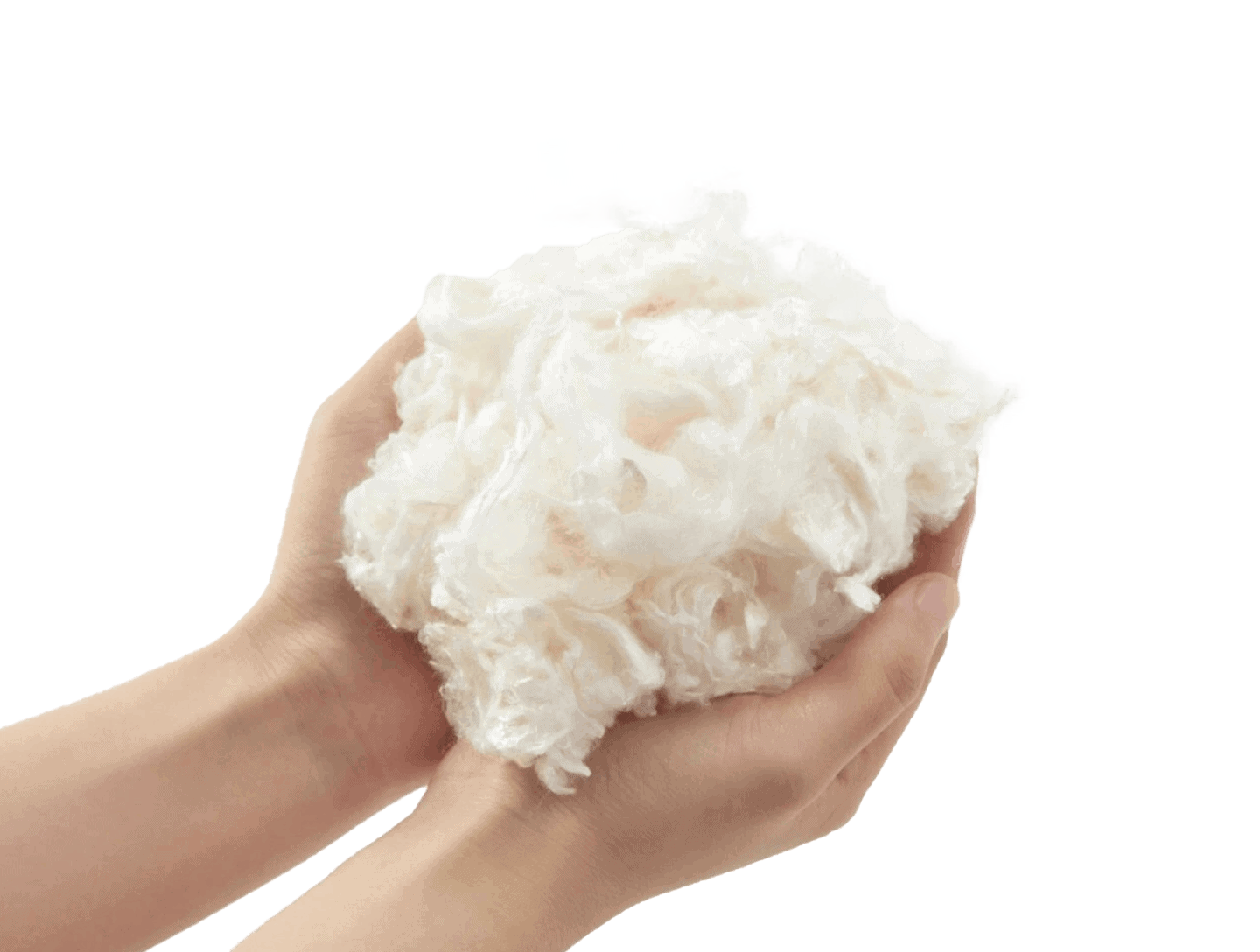Hackathon
Submission
Robert Luo
Rescue Food Waste Into Sustainable Fibers
We transform “bad” casein protein into “good” casein protein from excess milk. Once we have the “good” casein protein, it can be made into cheese, yogurt, and other types of dairy products or be created as fibers. We are giving food waste a new life.

Project
Proposal
Mi Terro is the world’s only social impact biotechnology company that rescues food waste and turns it into food protein. We transform “bad” casein protein into “good” casein protein from excess milk. Once we have the “good” casein protein, it can be made into cheese, yogurt, and other types of dairy products. We are giving food waste a new life.
Not only that, but we can also turn casein protein into soft, sustainable, and affordable fibers. Our fibers can apply to apparel, medical appliances, bed linen, and packaging film.
Through our patent-pending technology, we created the world’s first apparel line made from excess milk. We are also creating packaging film made from whey. We are replacing petroleum-based materials with protein-based materials made from food waste. We are redefining the circular economy in which everything begins with food waste and ends as recyclable or biodegradable.
Team
Members
Already registered before? Login first to Apply!
Register now & submit your request to join this team!
Join John Poor's Team!
Solution
Details
What region(s) or state(s) do you currently have operations in?
Washington DC, Kathmandu, Nepal
Is there a specific region or state where you plan to focus on for this project?
None
How far developed is your proposal?
I have an idea but it needs to be developed, 6-12 weeks until ready for implementation.
Is there any legal protection for the solution?
No
Latest
Submissions
Humanner – Collective Holistic Social Innovation Ecosystem Management
By Janos Deak
By the Humanner Cooperative Social Business Ecosystem model give financial self-sustainability and emerge the digital infrastructure to connect informal market, unlock the power at the bottom of pyramid, and deliver economic prosperity.
“A charity money has only one life. A Social Business money can be invested over and over again.” (Muhammad Yunnus)
Linking science and technologies to communities of our global society. Humanner’s social R&D focus on interweaving new models so smoothly and seamlessly into the currently prevailing system, that it will not be perceived as opposition, but rather as a higher quality competitive model, which gradually replaces the old one.
Our method is to create a high-quality example while showcasing our understanding of what it means to be human.
Humanner’s system work with a MULTI FUNCTIONAL holistic multisolving approach so that make the investment more impactful. Single investment of time and money – Defined as a way of solving multiple problems with the multisolving approach brings together stakeholders from different sectors and disciplines to tackle public issues in a cost-efficient manner
Humanner unite the two biggest volunteer sectors the Open Source and the Non Profit sector into a Social Business Innovation Ecosystem. We aim to explore how open source software, open source hardware, digital maker practices and open design can be effectively used by local communities to fabricate their own tools, make sense of their environments and address pressing environmental problems.
ProducePathway
By Sindhu Sundar
Policy proposal for collaborative food distribution networks utilizing existing nationally-accessible tools and organizations, and partnerships between community centers, hospitals, farmers, and distributors. Objectives are the identification of in-need communities to provide mobile markets and CSA boxes, as well as subsidization strategies to serve low-income areas.
Digital Surplus Management System
By Kubra Orak
Supported by UNDP to reach SDGs, Whole Surplus provides technology solutions to create value out of unsold inventory.[bc1] Placing technology at the heart of a crucial issue as food waste, Whole Surplus offers holistic and digital solutions to any type of surplus food, that is eligible for human consumption, animal feeding, recycling or landfilling and matches them with the right partner who offers the highest financial and social value. Moreover, the platform provides a data analytics dashboard to reduce waste at the source. With the help of the technology and network that is created, the aim is to reduce partners’ food waste-related carbon emission by 50% and to reach the zero-landfill goal.



